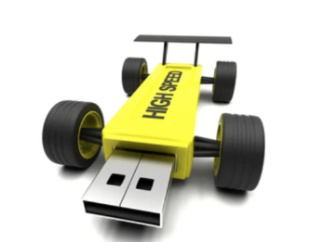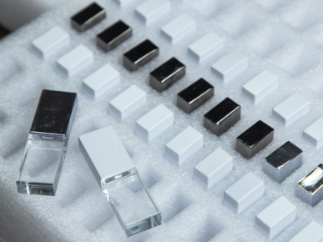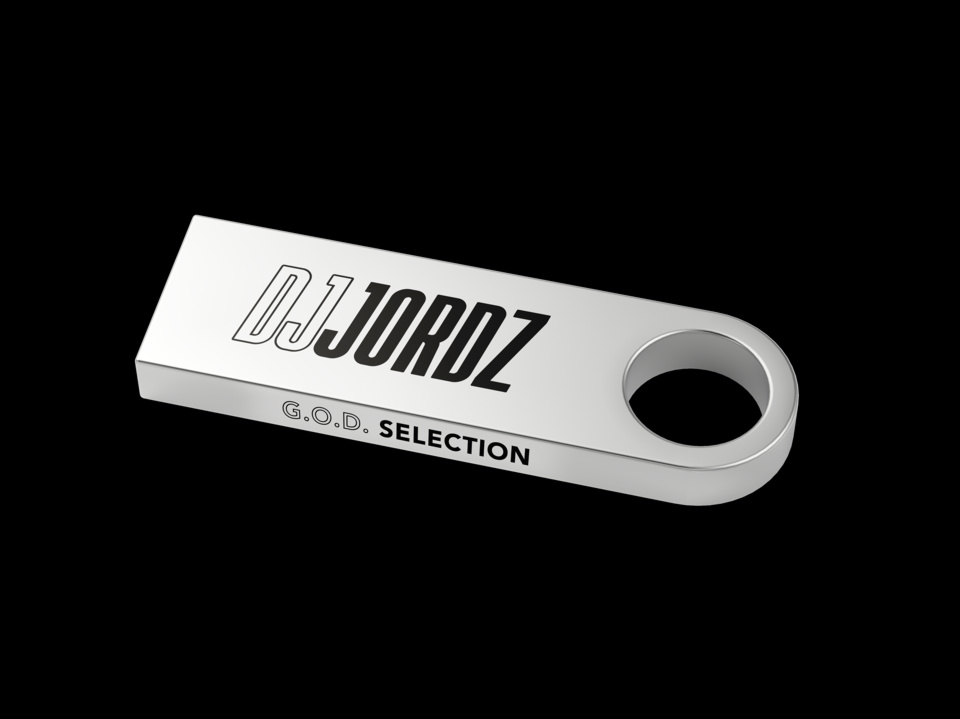Using a USB drive is a cakewalk in typical circumstances. All you need to do to use one is to plug it into one of your computer's USB ports and your computer should immediately recognize the drive. This is true for both Mac and Windows PCs. However, sometimes, your USB drive may not show up on your computer. This can be frustrating, especially when you urgently need to access and/or send files stored on the drive.
In this article, we'll focus exclusively on Mac desktops and laptops and take you through 10 solutions that will help you to resolve this problem once and for all. But before we get down to discussing the solutions, let's try and understand the reasons your USB drive may not be showing up on your Mac. So, without any further delay, let's get right into it!
When your USB drive doesn't show up on your Mac, you're likely to wonder what's causing the issue. In this section, we'll take you through some possible causes of this problem.
Your USB drive has to fit snugly into your Mac's USB port. If it doesn't, there are high chances of your Mac not detecting the drive. So, double-check whether you've inserted the drive properly before coming to the conclusion that there's a problem.
File systems supported by modern Macs include:
However, Macs don't support ext3 (Linux) and NTFS (Windows) file systems. So, if either one of these is your USB drive's file system, it will render the drive incompatible with your Mac.
Sometimes, USB ports experience technical glitches, which may result in failure to recognize the USB drive. If your Mac has only one USB port that is experiencing a technical issue, you have no other option but to get it repaired. However, if your Mac has multiple USB ports, try to insert the drive into a different port to see whether that makes any difference.
Another possible reason is a corrupted USB drive. USB drives may get corrupted due to viruses, physical damage, or unsafe ejection. Sometimes, corrupted USB drives are recognized, but the user can't access the files stored on them. However, there may also be situations when a corrupted drive isn't recognized.
Fake USB drives have flooded the market, and it's almost important for an average user to tell the real ones from the fake ones. Some fake drives claim to have more storage space than they actually do, while others can't be used at all.
Your Mac may boast of the best operating system in the world, but that doesn't mean that it's infallible. A glitch experienced by the operating system may result in a USB drive recognition failure as well.
Sometimes, glitches in the operating system may lead to drive recognition without notification. Typically, your Mac will let you know via a notification that a USB drive has been connected. However, certain glitches can lead to a successful connection but lack of notifications. So, before you conclude that there's a genuine problem to be solved, manually open the Finder and check if your Mac has recognized your USB drive.
So, we're finally about to tell you the 10 solutions for fixing the issue. We recommend trying these solutions out one by one to ensure that the problem is fixed for good.
If the 'External disks' option in the Finder is disabled, your Mac won't show your USB drive, even though it will recognize it. In such a scenario, you can easily enable the option by following these steps:
After you've enabled the 'External disks' option, your Mac should notify you whenever you insert your USB drive. Keep in mind that if everything's in working order and the 'External disks' option is disabled, your Mac will recognize your USB drive but won't notify you about it.
The point of this exercise is to determine where the problem lies, i.e. whether there's an issue with the USB drive, the operating system, or any USB port. For starters, if the USB drive isn't recognized when you insert it into a particular port, try other ports if available. If not, try using another USB port if a secondary Mac is accessible.
Next, detach your USB drive from a connector if you're using one and try plugging it directly into your Mac's USB port. Sometimes, connecting USB drives through faulty connectors and/or cables can lead to recognition issues. If any of these USB connectivity options work out, stick to it. And in case none of them work, it probably indicates a problem with your USB drive.
The Parameter RAM (PRAM) and the non-volatile RAM (NVRAM) consist of information related to your Mac's USB port. You can try to reset them to see if your Mac starts recognizing your USB drive. Here's what you need to do:
If you tend to keep your Mac switched on for long periods without shutting it down or restarting it, it might experience software issues. While these issues won't always lead to problems in USB drive recognition, they sometimes might. In such a scenario, all you need to do is restart your Mac, and the problems should be resolved.
Before you click Restart, remember to uncheck the 'Reopen windows when logging back in' option. If this is checked, it may lead to the operating system loading up all the data from the previous session, which is unlikely to fix the issue.
Older versions of firmware and OS may cause hardware issues that lead to USB drive recognition failures. Downloading the latest firmware and OS versions may fix these issues.
Even if your Mac isn't experiencing hardware and/or software issues, it's in your computer's best interests to keep its OS and firmware updated. Doing this can help you prevent issues before they arise and become problematic.
Your Mac has a First Aid utility that you can use to fix any corruption in your USB drive. Here's how you can use it:
As mentioned before, ext3 and NTFS file systems aren't supported by Macs. Thankfully, you can easily change your USB drive's file system into something that is supported by your Mac through Disk Utility. Here's how:
If your USB drive has files of critical importance, it's important to create a backup before you change its file system.
Viewing the information about a USB drive can tell you if it's real or fake. To do this, launch System Information from the Utilities folder within Applications. Choose your USB drive and view its information.
At this point, if you see inaccurate information about the drive, you can be sure that it's a fake. To avoid this situation, we recommend purchasing USB drives from reputed manufacturers and dealerships only.
Your Mac's System Management Controller (SMC) configuration may be interfering with the functionality of its USB ports. To reset it, follow these steps:
Sometimes, your USB drive will be accessible but the data won't. In such situations, data recovery apps can come in handy. Of course, these apps won't work if there's corruption in the drive, but otherwise, they can be helpful in recovering the drive's data.
Some dedicated Mac data recovery apps include the likes of Recoverit, Stellar Data Recovery for Mac, and EraseUS Data Recovery for Mac. You'll have to pay to use these apps.

 Bulk USB Drives
Bulk USB Drives
